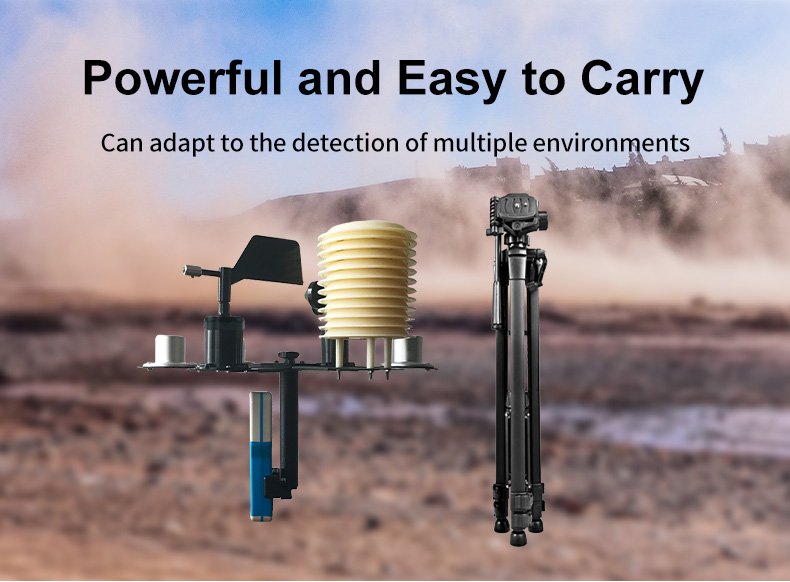Meteorology and climate research play a crucial role in our understanding of Earth’s weather patterns and long-term climate trends. Automatic Weather Station have revolutionize the field by providing real-time, accurate, and reliable weather data. In this article, we will explore the significance of automatic weather stations and their role in modern weather forecasting and climate monitoring.

A Brief Overview of Automatic Weather Stations
Automatic weather stations are technologically advanced devices that measure different parameters of weather and climate conditions. These stations are equipped with sensors such as thermometers, barometers, rain gauges, anemometers, and hygrometers, which collect data on temperature, air pressure, precipitation, wind speed, and humidity.
Advantages of automatic weather stations
Real-Time Monitoring and Forecasting:
One of the primary advantages of automatic weather stations is their ability to collect and transmit real-time data. These stations are strategically placed in various locations to cover a wide geographic area. The collected data is then transmitted through wireless communication systems, allowing meteorologists to continuously monitor weather and climate conditions.

The real-time data collected by automatic weather station helps meteorologists in making accurate and timely weather forecasts. Weather models utilize this information to predict short-term weather patterns, including temperature variations, wind speeds, rainfall, and severe weather events such as storms and hurricanes. These forecasts are vital for early warning systems and disaster preparedness, ensuring the safety and well-being of communities.
Climate Monitoring and Research:
Automatic weather stations also contribute significantly to long-term climate monitoring and research. Climate scientists rely on historical weather data to analyze climate change and develop climate models. AWS offers an efficient way to collect continuous, high-quality data over extended periods. This data is essential for understanding climate patterns, detecting climate anomalies, and assessing the impact of climate change on our environment.
By deploying automatic weather stations in remote and inaccessible regions, researchers can gather valuable climate data that was previously challenging to obtain. This data helps scientists study the effects of global warming on temperature trends, glacier melt rates, sea level rise, and other climate-related phenomena. The information obtained from AWS enhances our understanding of the Earth’s climate system and aids in the development of effective climate change mitigation strategies.
Agricultural Applications:

Automatic weather stations are of great value to the agricultural sector. Farmers and agricultural researchers rely on precise weather and climate information for optimal cultivation practices, irrigation scheduling, and pest management. With real-time weather data from AWS, farmers can make informed decisions regarding planting, harvesting, and other farm activities, leading to increased agricultural productivity and sustainability.
Integration with Smart Technology:

The advancement in smart technology has further enhanced the capabilities of automatic weather stations. Integration with IoT devices allows for seamless data sharing, remote monitoring, and control of Automatic weather stations. This enables governments, research institutions, and individuals to access weather data through various digital platforms and mobile applications, empowering users to actively participate in weather monitoring and contribute to citizen science initiatives.
Conclusion:
Automatic Weather Stations have revolutionized weather forecasting, climate monitoring, and related research fields. The real-time data collected by AWS plays a crucial role in accurate weather forecasting and early warning systems. Moreover, continuous climate monitoring assists scientists in understanding long-term climate trends and developing effective strategies to combat climate change. As technology continues to evolve, the integration of automatic weather stations with smart devices will further enhance data accessibility and empower individuals to actively engage in weather monitoring and climate research.